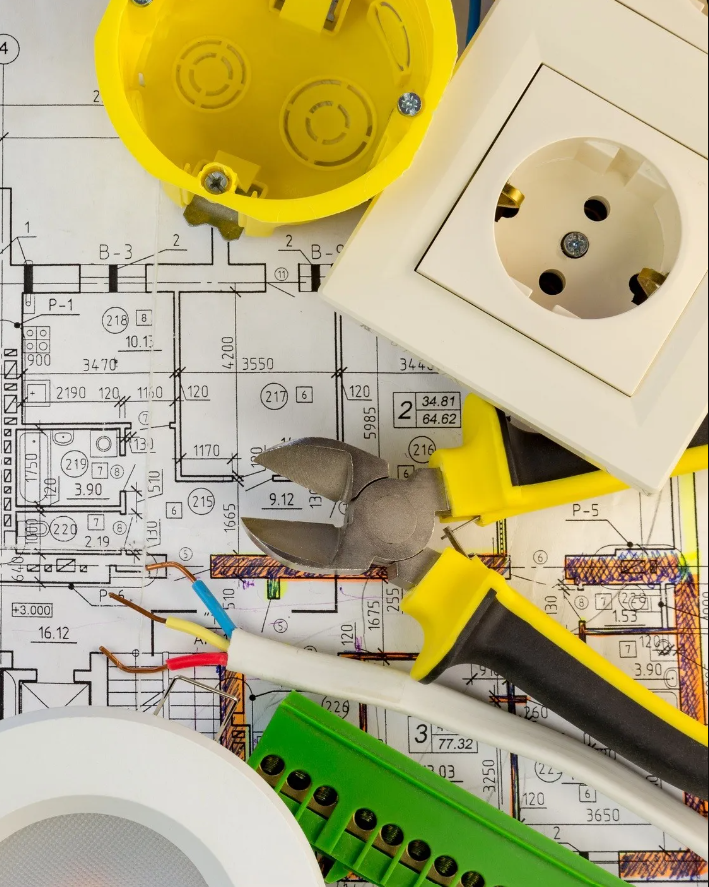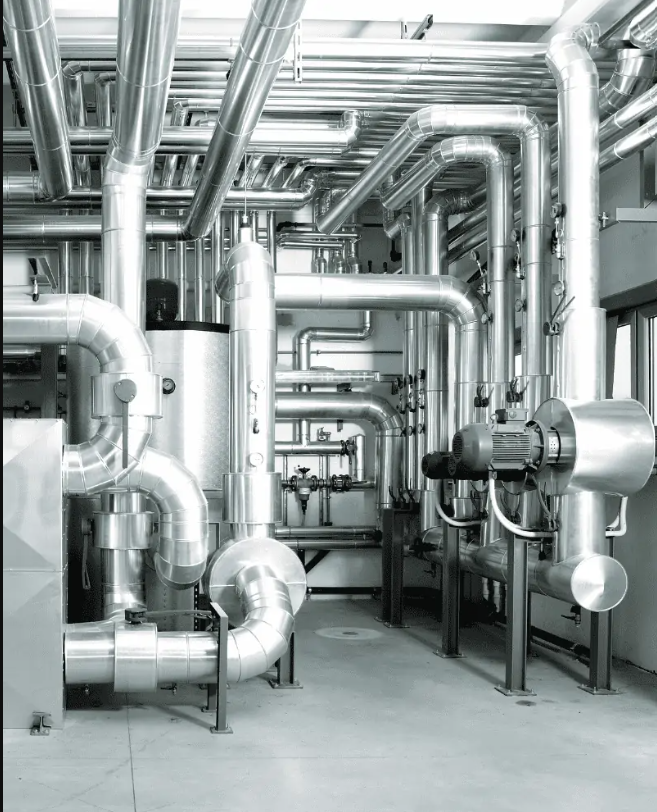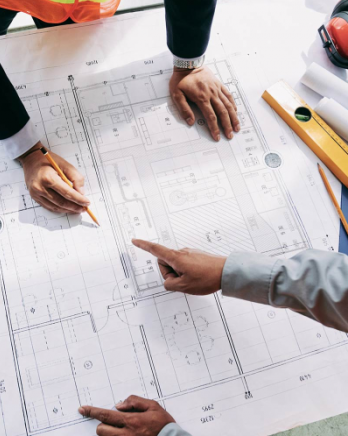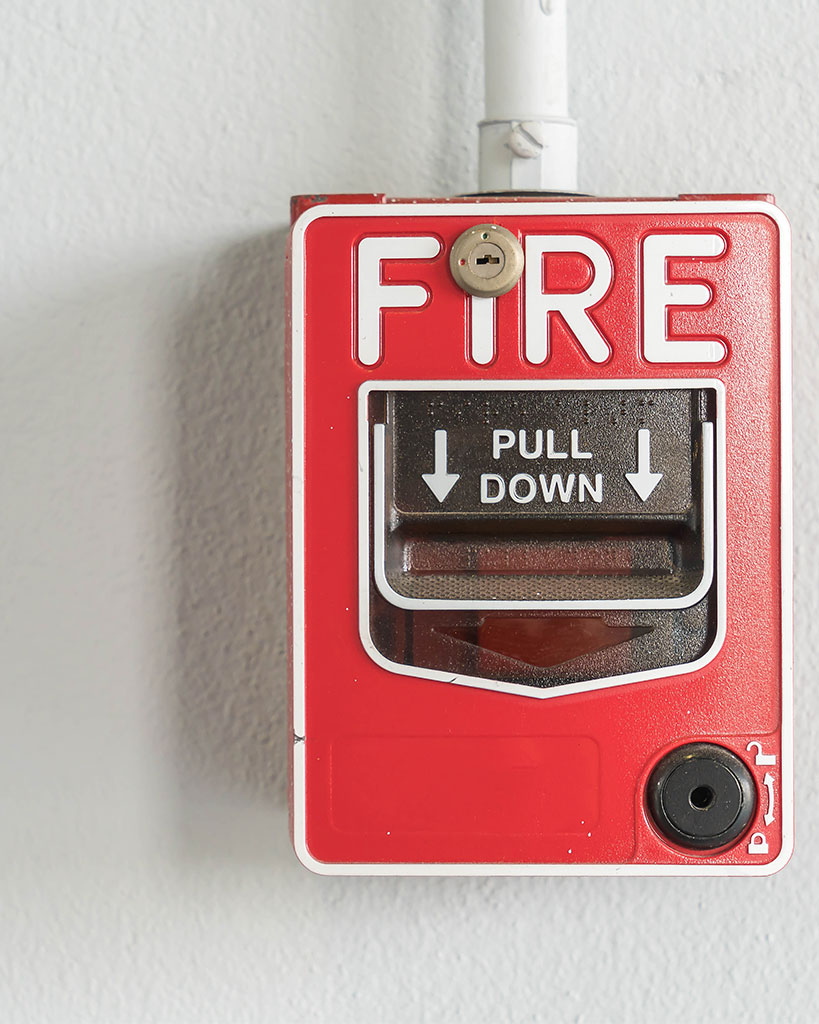Air Conditioning and
Mechanical Ventilation Design.
Air conditioning and Mechanical Ventilation designs are milestones of building a mechanical system to provide thermal comfort to the occupants by improving/ adjusting the indoor quality of the air. This can refer to any technological modification in the properties of air (primarily, temperature and humidity) by humidifying, dehumidifying, heating, cooling, and ventilation. For a tropical country like ours, where the ambient temperature is higher than the conditioned air within the space, mostly Air conditioning systems such as Split Air conditioning, Inverter Air condition, and chilled water system is used to provide thermal comfort.
Designing an Air condition system may seem to be a simple task, but is complex when deeply looked into. The system varies considerably in size and energy sources according to the requirements of the owner and the nature of the business. However, selecting a suitable system have other constraints that must be taken into account. These include the availability of space, project budget, building configuration, and heating and cooling loads while working out the most efficient, cost-effective, and attractive setup for our customers.
Critical factors to be considered when deciding on an efficient Air conditioning system.
Air Condition Sizing
The Air Condition that is required should be calculated on the capacity of the Air Condition for the space and the factors affecting the heating/cooling load within the space. To assure proper sizing of the Air condition system required, the load must be calculated without making estimates based on the square feet.
Sizing the air conditioning system based on the calculation will provide a better Air-conditioned environment through better humidity and temperature control and result in energy savings. Whereas when an oversized air conditioner is used, it cools the room faster and not uniformly and will cause the compressor to run and stop frequently which will consume more power and result in a shorter life span. And on the other hand, an undersized Air Conditioner will not be efficient in cooling the room. In both cases, it leads to discomfort for the occupants.
It’s necessary to consider the factors that can affect the cooling load of the Air conditioning to retain satisfactory comfort within the building. Further, the factors can be categorized as sensible heat and latent heat which have a considerable contribution to the load.
Sensible Heat Gain
- The heat emitted(generated) by the interior of the premises such as lighting, machines, appliances, and other materials in that place, and the human body
- Heat flows into the building through an exterior wall, ceiling, doors, and glass windows. The sunlight that falls on those surfaces is reflected in the interior and causes some amount of heat.
- The heat from solar radiation that is absorbed into the building.
Latent Heat Gain
- The heat gain by the moisture is caused due to any process of cooking which take place within an air-conditioned space.
- The heat gain is due to condensation from occupants.
Mechanical Ventilation
It is the system that uses powered equipment to provide outdoor air into the building to improve the air quality within the building. All the fans, vents, and ventilation equipment in the building work together as a ventilation system to exchange indoor air with outdoor air with energy-efficient designs. Mechanical ventilation is used to control indoor quality by filtering the air as required and can be used to control humidity, temperature, odors, and contaminants.
The climate is a critical factor that determines the amount of filtration that should take place within the building. If the building space is cooler than the outside environment, the amount of infiltration should be reduced or prevented to prevent warm, moist air from penetrating and meeting the cold space. And if the building environment is negative exfiltration should take place to remove the warm and moist air from the building
There are three types of the mechanical ventilation system.
Exhaust-Only Ventilation System
The exhaust system works by depressurizing the building. This consists of a fan that is used to move indoor air out of the building, thus causing a change in pressure, air is drawn into the building through leaks. Exhaust systems are more appropriate for a colder climate. In a warm climate, moist air is drawn into wall cavities to due depressurization where it may condense and cause moisture damage.
Most exhaust systems are used in spaces to remove contaminants from the air such as in bathrooms, and kitchens, ie where there is a need for constant and predictable extraction of air.
These are less expensive to install and operating costs are less. But these systems are concerned with drawing pollutants from the outside environment as air is not being filtered before being drawn.
Supply Only Ventilation System
Supply only ventilation works by pressurizing the building. It consists of a fan that draws the outdoor air into the building while the air indoor is sent out through intentional vents, holes, and exhaust fans.
This system ensures better control of air movement by preventing the pollutants and allowing to filter of the air from dust and pollens or dehumidifying which can increase the operating costs.
Supply systems are most appropriate in a warm climate because they may cause moisture problems during cold climates due to pressurizing within the building.
Balanced Ventilation system
This system combines both an exhaust system and a supply system to draw air in and out of the building. If this is properly designed and installed will result in balanced air movement within the building neither pressurize nor depressurizing.
This is suitable for all climate conditions and more costly to install and has a high operating cost compared to the exhaust system and supply system because it requires filtration of air, and higher heating and cooling needs. This system has more control over the air within the building. Places that need more air flowing can be supplied with more air and exhaust system work for places that need more extraction of air.




